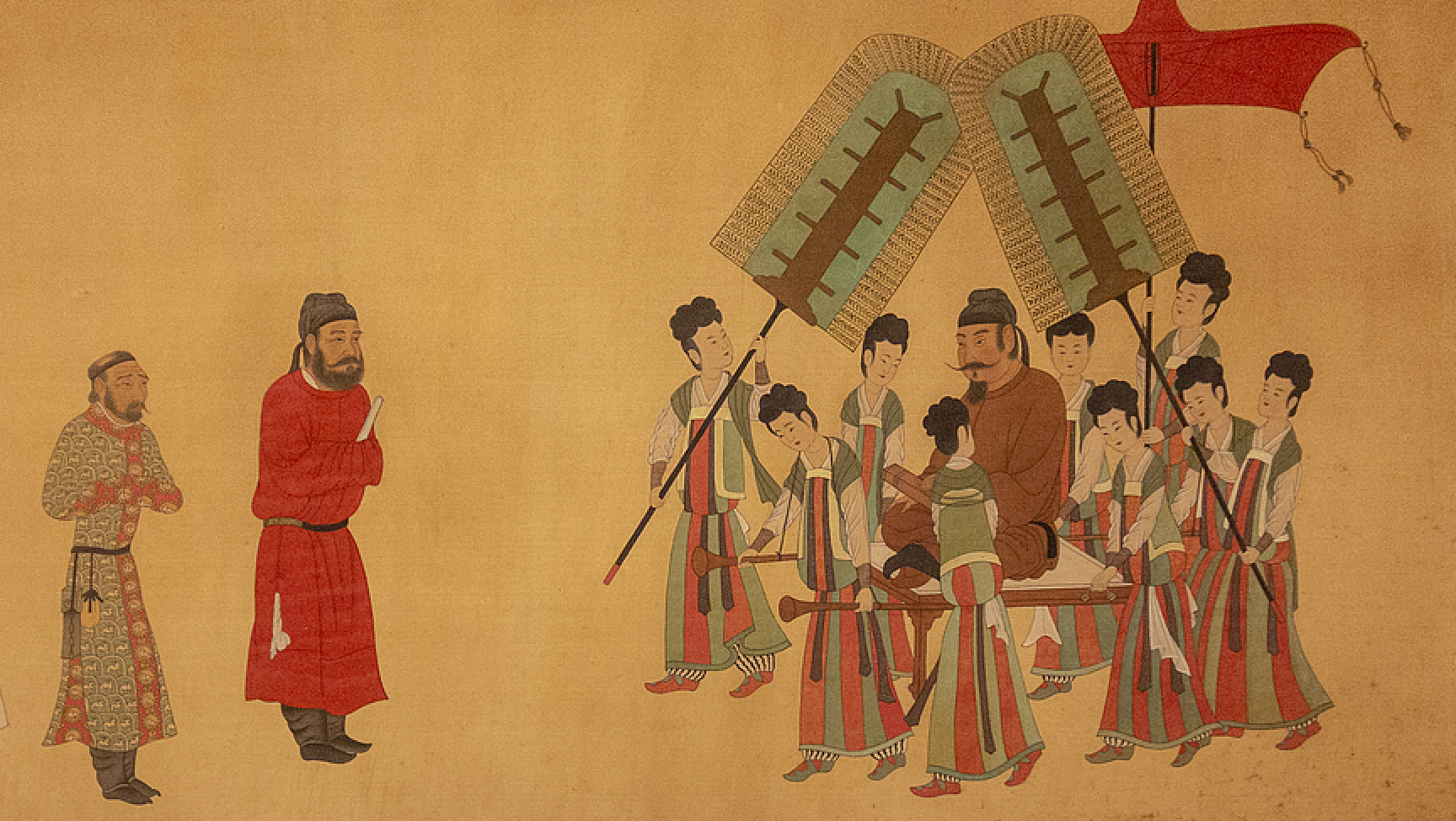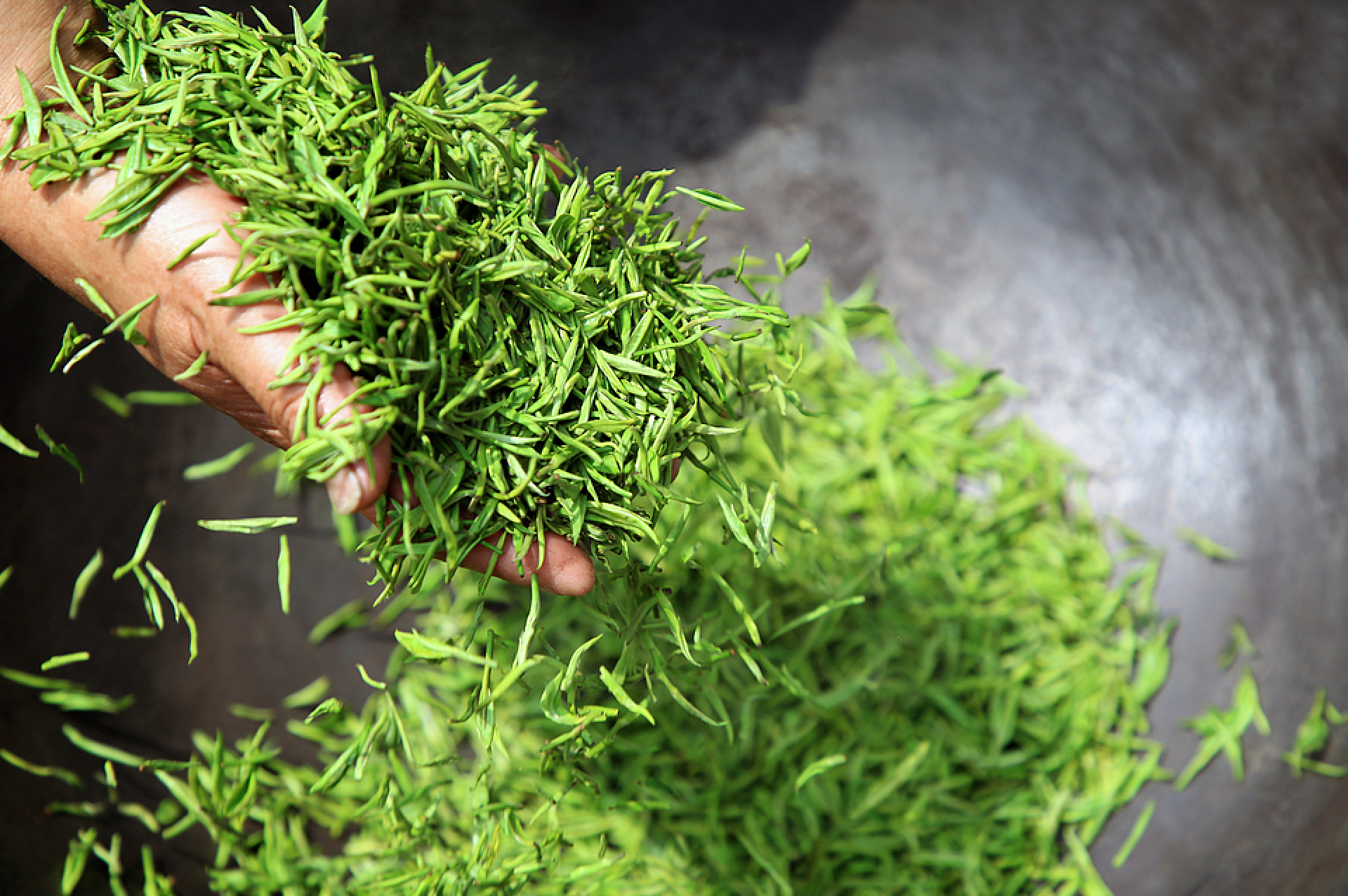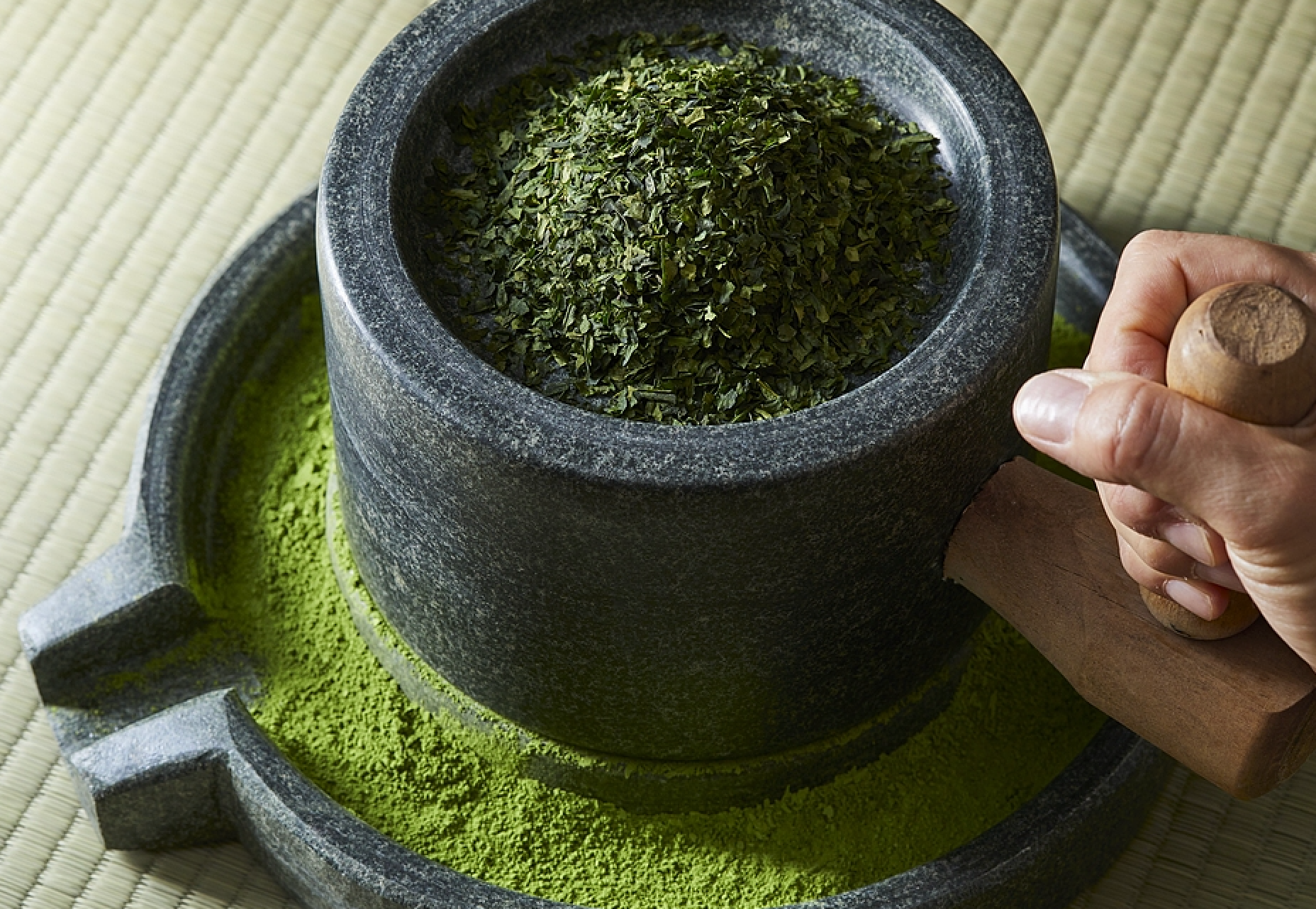
Matcha Origin
Matcha has its roots in Tang Dynasty China (7th–10th century), where tea leaves were steamed, dried, and ground into powder to be whisked into hot water. This method was later brought to Japan in the 12th century by the monk Eisai, who introduced both Zen Buddhism and powdered tea preparation to the Japanese aristocracy and monastic circles.
Over time, Japan refined matcha into an art form. It became the centerpiece of the chanoyu (tea ceremony), most notably shaped by tea master Sen no Rikyū in the 16th century, who emphasized simplicity, mindfulness, and wabi-sabi aesthetics.
Unlike steeped tea, matcha involves consuming the whole leaf in powdered form, offering a concentrated source of antioxidants and L-theanine. Its ceremonial use, calming energy, and meditative preparation continue to embody centuries of tradition—now embraced by modern wellness culture around the world.

How Matcha Is Made
The journey of matcha begins with shade-growing. About 3–4 weeks before harvest, tea plants are covered to block direct sunlight. This process increases chlorophyll and L-theanine, giving matcha its vibrant color and smooth, umami flavor.
Next, only the youngest, most tender top leaves are hand-picked during the first harvest of the season. These leaves are then steamed to stop oxidation, preserving their bright green color and fresh aroma.

Precision and Patience
After steaming, the leaves are dried and destemmed, becoming tencha—the raw material for matcha. Finally, tencha is slowly stone-ground into an ultra-fine powder using traditional granite mills. This method ensures the powder remains cool, preserving its color, nutrients, and aroma.
The result is a luminous green tea powder that embodies precision, patience, and centuries of craftsmanship. When whisked with water, matcha becomes a rich, frothy drink—both energizing and meditative.